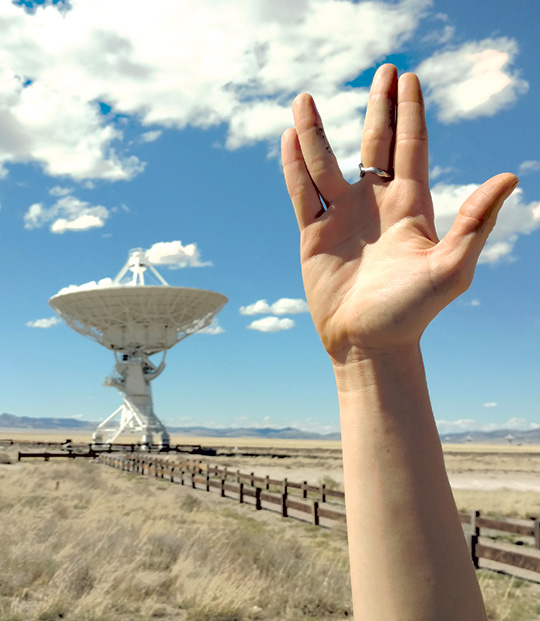Day Tripper: Vla
A Toyota Pickup, Contact And The Very Large Array


Dirty Velvet
Latest Article|September 3, 2020|Free
::Making Grown Men Cry Since 1992


Dirty Velvet
